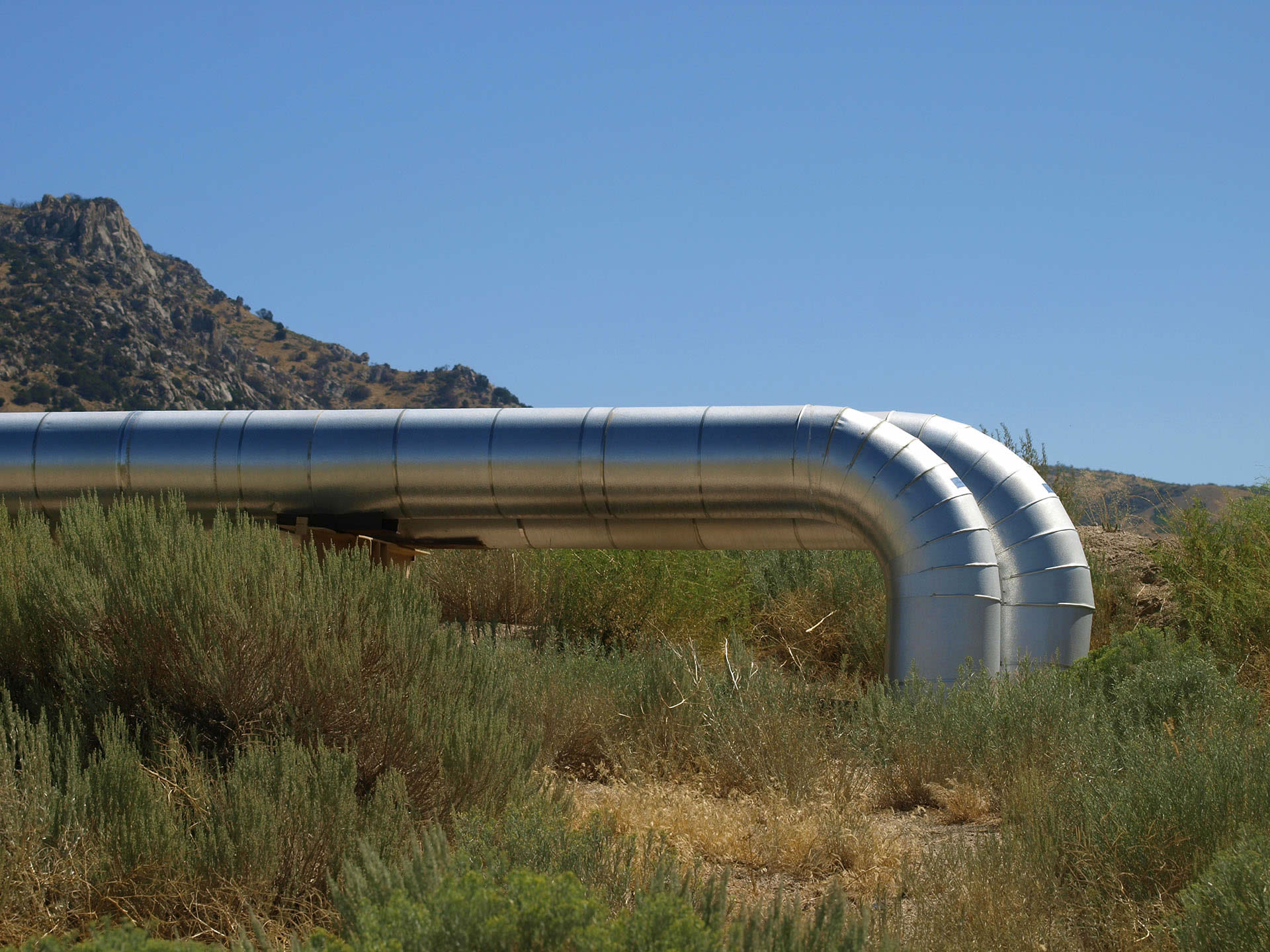
ENVIRONMENTAL COMPLIANCE
UltraSystems helps its clients determine the environmental regulatory risks inherent in developing a specific site location under consideration.
During the site selection process, UltraSystems employs its talented pool of urban and environmental planners, scientists, archeologists, biologists, GIS specialists and other technical staff to perform a site reconnaissance of baseline environmental resources; assess environmental regulatory risk associated with developing the site or portions of the site; and outline regulatory permit and timeline requirements.
Areas that are generally studied in a due diligence evaluation for site selection are:
- Agricultural land conversion
- Biological resources
- Cultural Resources
- Hazardous materials
- Hydrology/flood plains
- Soils and geology/seismicity
- Utilities and public services
- Water quality/pollution
Our scientists and planners routinely identify and map constraints over large areas encompassing several counties, or several states. We then prepare an Environmental Due Diligence report that characterizes potential resources onsite, highlights any areas of concern, and specifies anticipated regulatory requirements and associated timelines.
The report to identify baseline information that can be used by project developers considering the purchase of property to assist in the decision making process as to the viability of future land uses. The report includes recommendations, as needed, for further resource studies and agency consultation to help identify and reduce environmental issues and to comply with federal, state, and local permitting requirements. The Environmental Due Diligence report provides our clients with a tool to manage risk in their site selection process.
